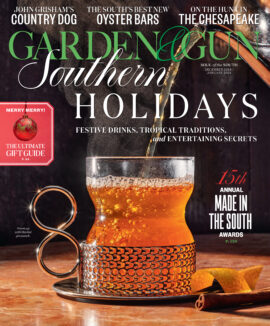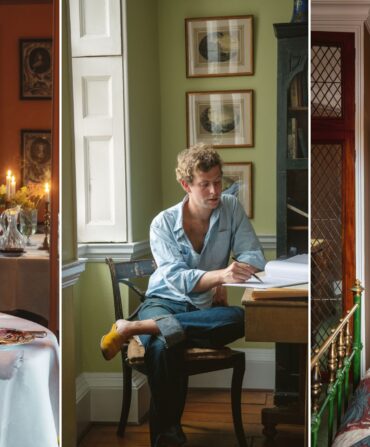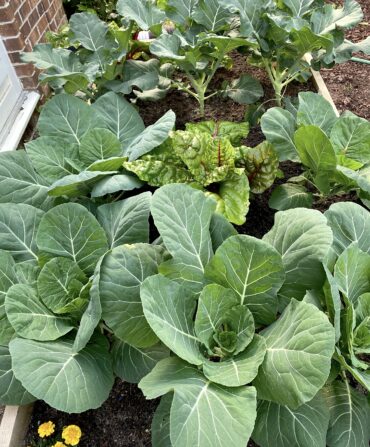There are only about thirty miles between Eagleville, Tennessee, and historic Carnton Plantation in Franklin. Yet it would seem that Justin Stelter, Carnton’s head gardener, has traveled much farther in his thirty-four years.
Stelter began mowing lawns in Eagleville when he was eleven. By the time he started college, he had a thriving lawn-care and landscaping service. But his career, and life, took a turn when he began work on the garden at Carnton, originally created by Colonel John McGavock in 1847 in preparation for his marriage to Carrie Winder.
It started with routine weeding. But there, under the chest-high weeds, Stelter discovered what he now considers to be his “hortus opus.” What lay beneath the weeds had once been a working garden of vegetable “squares,” each surrounded by ornamental borders. With the support of Carnton’s board, Stelter began to delve into the notes left by garden historian
Gerry Doell, brought in to research the garden some fifteen years earlier. Doell’s notes referred to scraps of information among McGavock’s papers as well as to the greater world of mid-nineteenth-century gardening in America. McGavock had based Carnton on ideas espoused in the writings of Andrew Jackson Downing, the “father of American landscape architecture.” But beyond a massive Osage orange, a cedar, and yuccas, nothing of the original garden survived.
Stelter began to tap into the wisdom of fellow gardeners in Middle Tennessee to help restore the site and track down heirloom plant stock. On more than one occasion, a missing plant that was considered rare or even lost showed up in a local yard after searches of nurseries nationwide had failed (as with the native grape honeysuckle Lonicera prolifera, found in a backyard garden in downtown Franklin). Heirloom roses, tomatoes, and species hostas have all been brought back, along with one of the Southeast’s largest historic daffodil displays and a growing collection of heirloom peonies.

Stelter has also brought fruit back to the garden, including bountiful grape arbors and four English-barrel arches of espalier Kieffer pears. At present, he is at work on plans to rebuild John McGavock’s apple orchard outside the garden fence.
His work has not gone unnoticed. In 2006, Stelter was one of a handful of gardeners selected for the Historic Landscape Institute program at Monticello, where he studied under the guidance of Peter Hatch. And in 2009, the Hermitage, Andrew Jackson’s home north of Nashville, brought Stelter on as historic gardener.
Today, the garden at Carnton thrives, not only offering its visitors a moment of peace and reflection but also providing an abundance of vegetables and fruit for the community. For Stelter, it’s been a good marriage indeed. “I would like to believe,” he says, “that Carrie McGavock would be pleased.”









